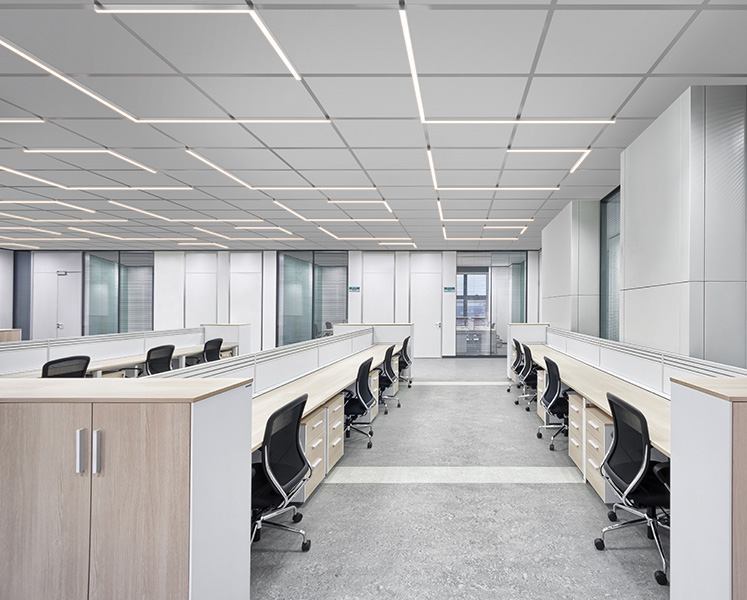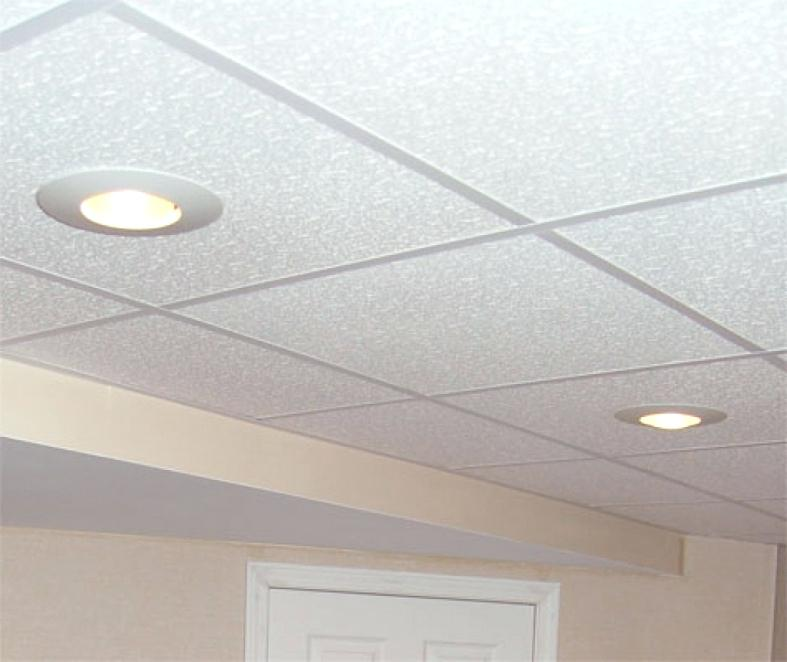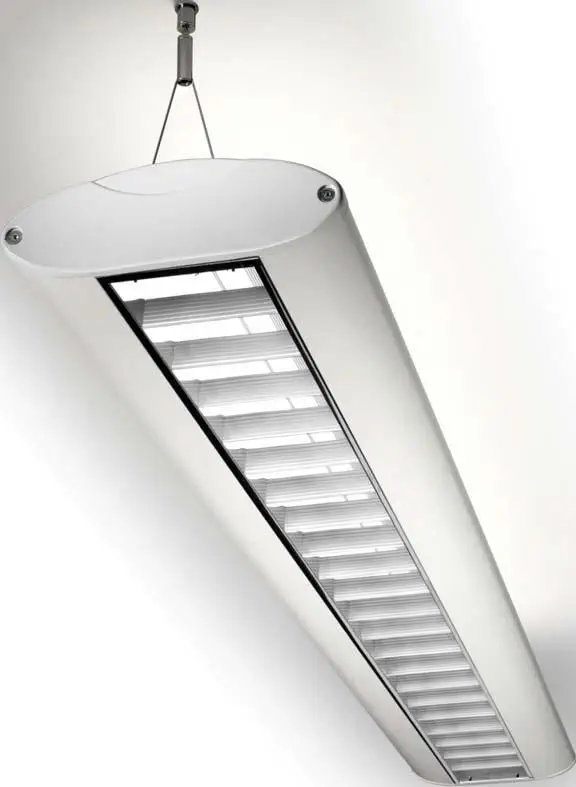When it comes to modern interior design, lighting plays an essential role in transforming a space. One of the most impactful lighting options that has gained popularity in recent years is modern suspended ceiling lights. Whether you’re illuminating a living room, office, or restaurant, suspended ceiling lights offer a sleek, contemporary look that combines form with function.

In this article, we’ll explore the many benefits of modern suspended ceiling lights, the different styles available, how to choose the right one for your space, and tips for installation. If you’re looking to create a stylish and well-lit environment, read on to discover why these lights are the perfect choice for your home or commercial space.
What Are Modern Suspended Ceiling Lights?
Modern suspended ceiling lights, also known as hanging or pendant lights, are fixtures that are attached to the ceiling but hang down via a rod, chain, or cord. Unlike flush-mounted or recessed lighting, suspended lights dangle below the ceiling, making them both functional and decorative elements.
These lights are typically used to create ambient lighting in a room while also serving as focal points. They come in a variety of designs and materials, including glass, metal, and fabric, allowing you to choose a style that complements your interior décor.
Benefits of Modern Suspended Ceiling Lights
Suspended ceiling lights are not just about lighting a room; they offer several advantages over traditional lighting methods. Here are some key benefits:
1. Aesthetic Appeal
One of the primary reasons people opt for modern suspended ceiling lights is their visual impact. These lights can serve as striking design features in any room, elevating the overall ambiance. With countless styles to choose from, they can seamlessly blend with modern, industrial, or even minimalist aesthetics.
2. Versatility
Suspended lights are highly versatile and can be used in virtually any space, from kitchens and dining rooms to offices and retail environments. They can be hung at varying heights to suit the specific function of the room. For example, lower hanging lights work great over dining tables or kitchen islands, while higher fixtures can illuminate living areas or offices.
3. Customizable Lighting
Unlike recessed or flush-mount lights, suspended ceiling lights allow for greater flexibility in terms of light direction and intensity. You can choose fixtures that focus light in a specific direction, or you can opt for diffused lighting to create a softer glow. Additionally, many modern suspended ceiling lights are compatible with dimmers, offering even more control over the ambiance.
Read too: Shiplap Ceiling in Kitchen: A Timeless Trend for a Stylish and Cozy Space
4. Space Optimization
In spaces with high ceilings, modern suspended lights can help make the room feel cozier by visually bringing the ceiling closer. This is particularly beneficial in large rooms or open-plan spaces where lighting can otherwise feel too distant or ineffective.
5. Energy Efficiency
Many modern suspended ceiling lights are designed to be energy-efficient. LED pendant lights, in particular, use significantly less electricity than traditional incandescent bulbs, making them a cost-effective and eco-friendly lighting option.
Popular Styles of Modern Suspended Ceiling Lights
There are numerous styles of suspended ceiling lights, each offering its own unique blend of form and function. When selecting the right fixture, consider your room’s design, lighting needs, and personal style. Here are some of the most popular styles to consider:
1. Minimalist Pendant Lights
Minimalist pendant lights are sleek, simple, and elegant. Typically featuring clean lines and neutral colors, they are perfect for those who prefer a subtle yet modern look. These fixtures often feature single light bulbs encased in glass or metal shades, providing soft, focused lighting without overpowering the room’s décor.
Ideal for:
- Kitchens
- Dining Rooms
- Living Areas
2. Industrial Suspended Lights
Inspired by warehouses and factories, industrial-style suspended lights often feature raw, unfinished materials like metal, steel, or exposed bulbs. These fixtures are perfect for creating an urban or rustic vibe and work well in both residential and commercial spaces.
Ideal for:
- Lofts
- Restaurants
- Home Offices
3. Clustered Pendant Lights
Clustered pendant lights, also known as multi-light pendants, feature several individual lights suspended from the same base. This design can make a dramatic statement in larger spaces or over specific areas like dining tables or kitchen islands.
Ideal for:
- Dining Rooms
- Kitchen Islands
- Entryways
4. Geometric Lights
Geometric lights have become a major trend in modern lighting design. These fixtures often feature bold, angular shapes and clean lines, making them perfect for contemporary spaces that embrace a modern, avant-garde aesthetic.
Ideal for:
- Modern Living Rooms
- Art Studios
- Creative Spaces
5. Chandelier-Inspired Pendant Lights
Chandelier-inspired suspended lights combine the elegance of traditional chandeliers with the modern flair of pendant lighting. These fixtures often feature multiple arms or tiers, providing ambient light and making a grand statement in any room.
Ideal for:
- Dining Rooms
- Large Foyers
- Master Bedrooms
How to Choose the Right Modern Suspended Ceiling Lights
Selecting the perfect modern suspended ceiling lights involves more than just choosing a style that appeals to you. Consider the following factors to ensure your lights are both functional and visually cohesive with the rest of your space.
1. Room Size and Ceiling Height
The size of the room and the height of the ceiling are two of the most important factors to consider when choosing suspended lights. In rooms with low ceilings, opt for shorter pendants that won’t hang too low or obstruct views. On the other hand, in rooms with high ceilings, you have more flexibility to experiment with longer, more dramatic fixtures.
2. Lighting Purpose
Think about the primary purpose of the lighting in the room. Are you looking for ambient lighting to illuminate the entire space, or do you need task lighting for a specific area? For task lighting, such as above a kitchen island or work area, opt for pendants that provide focused light. For ambient lighting, choose fixtures with a wider light spread.
3. Style and Material
Consider the overall aesthetic of your room when selecting the style and material of your suspended ceiling lights. Industrial-style fixtures with exposed bulbs might look out of place in a room with a minimalist or modern décor, while sleek, metal pendant lights might clash with a more rustic or traditional setting.
4. Light Bulb Type
Many modern suspended ceiling lights are compatible with different types of bulbs, including incandescent, halogen, CFL, and LED. LED lights are the most energy-efficient option, lasting longer and using less electricity than traditional bulbs. Additionally, you can choose from various color temperatures to suit the ambiance of your room—warmer temperatures for a cozy, inviting feel, and cooler temperatures for a brighter, more energizing atmosphere.
5. Fixture Placement
The placement of your suspended ceiling lights can drastically impact the look and functionality of a room. In spaces like kitchens and dining rooms, suspended lights are often placed directly over the table or island for optimal task lighting. In living areas or bedrooms, the lights should be positioned to provide ambient light without causing glare or creating shadows.
Installation Tips for Modern Suspended Ceiling Lights
Once you’ve chosen your ideal modern suspended ceiling lights, proper installation is key to ensuring they function safely and effectively. While it’s always a good idea to hire a licensed electrician for the installation, here are some general tips to keep in mind:
1. Check Ceiling Support
Before installing any suspended light, make sure that your ceiling is strong enough to support the weight of the fixture. Most modern ceiling lights are lightweight, but heavier fixtures may require additional reinforcement.
2. Adjust Hanging Height
When installing suspended lights, consider the height at which the fixture will hang. A general rule of thumb is to leave at least 30 to 36 inches between the bottom of the light fixture and any surface below, such as a dining table or kitchen island. For general room lighting, aim for the light to hang about 7 feet above the floor.
3. Use a Dimmer Switch
Installing dimmer switches can add flexibility to your lighting setup, allowing you to adjust the brightness based on the time of day or activity. This is especially useful in rooms where you want to create different moods, such as dining rooms or living spaces.
4. Evenly Space Multiple Fixtures
If you’re installing multiple suspended lights in a row, such as over a kitchen island, ensure they are evenly spaced to create a balanced, cohesive look. Measure the distance between fixtures before installation to avoid uneven spacing.
Conclusion: Elevate Your Space with Modern Suspended Ceiling Lights
Modern suspended ceiling lights are more than just practical lighting solutions—they’re design statements that can completely transform a space. Whether you’re looking for minimalistic pendant lights to brighten a kitchen or bold industrial fixtures to add character to a loft, there’s a suspended light option for every style and need.
By carefully selecting the right fixtures, considering the room’s layout and design, and following best installation practices, you can create a beautifully lit environment that enhances both the aesthetics and functionality of your home or office.




